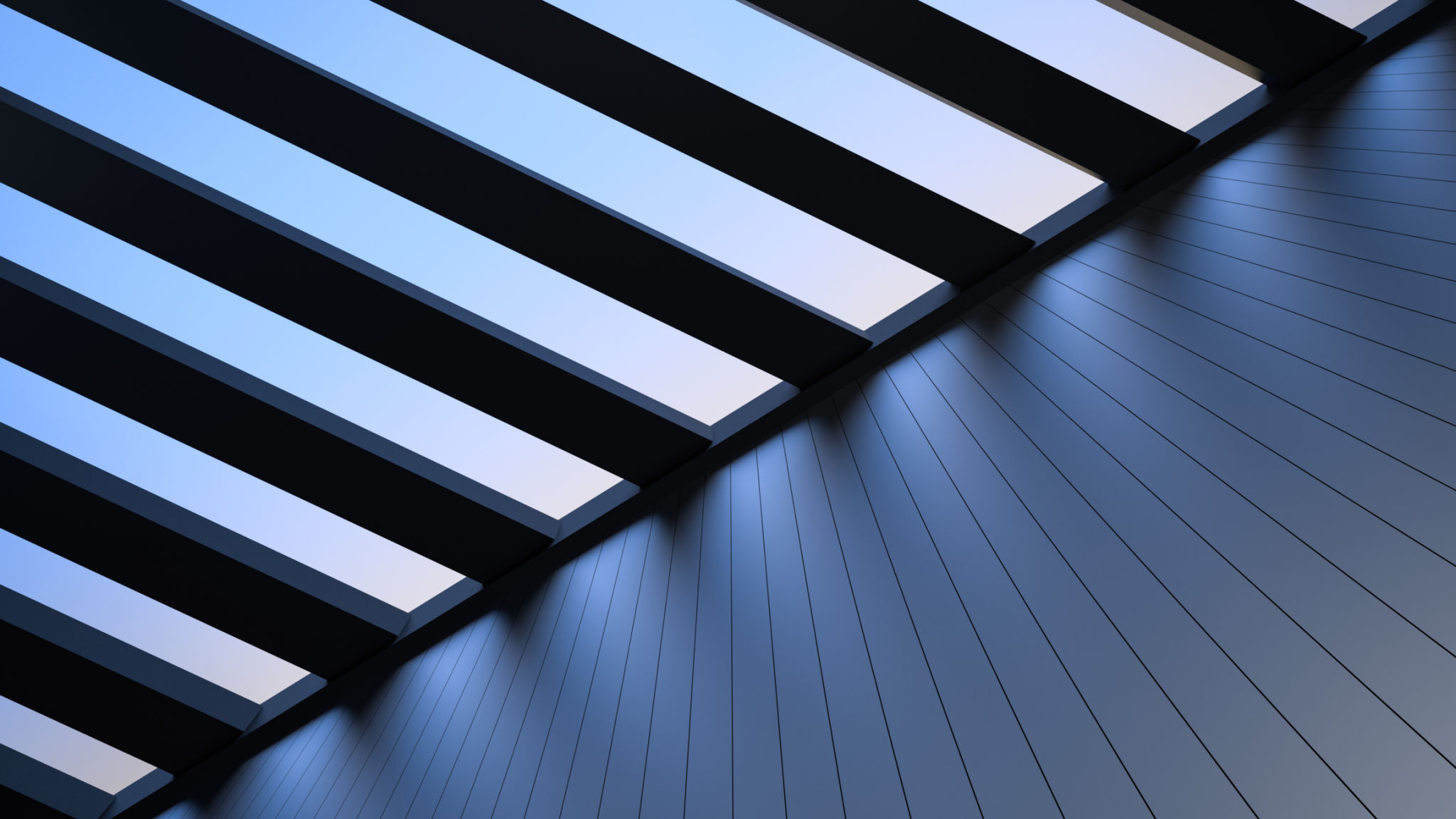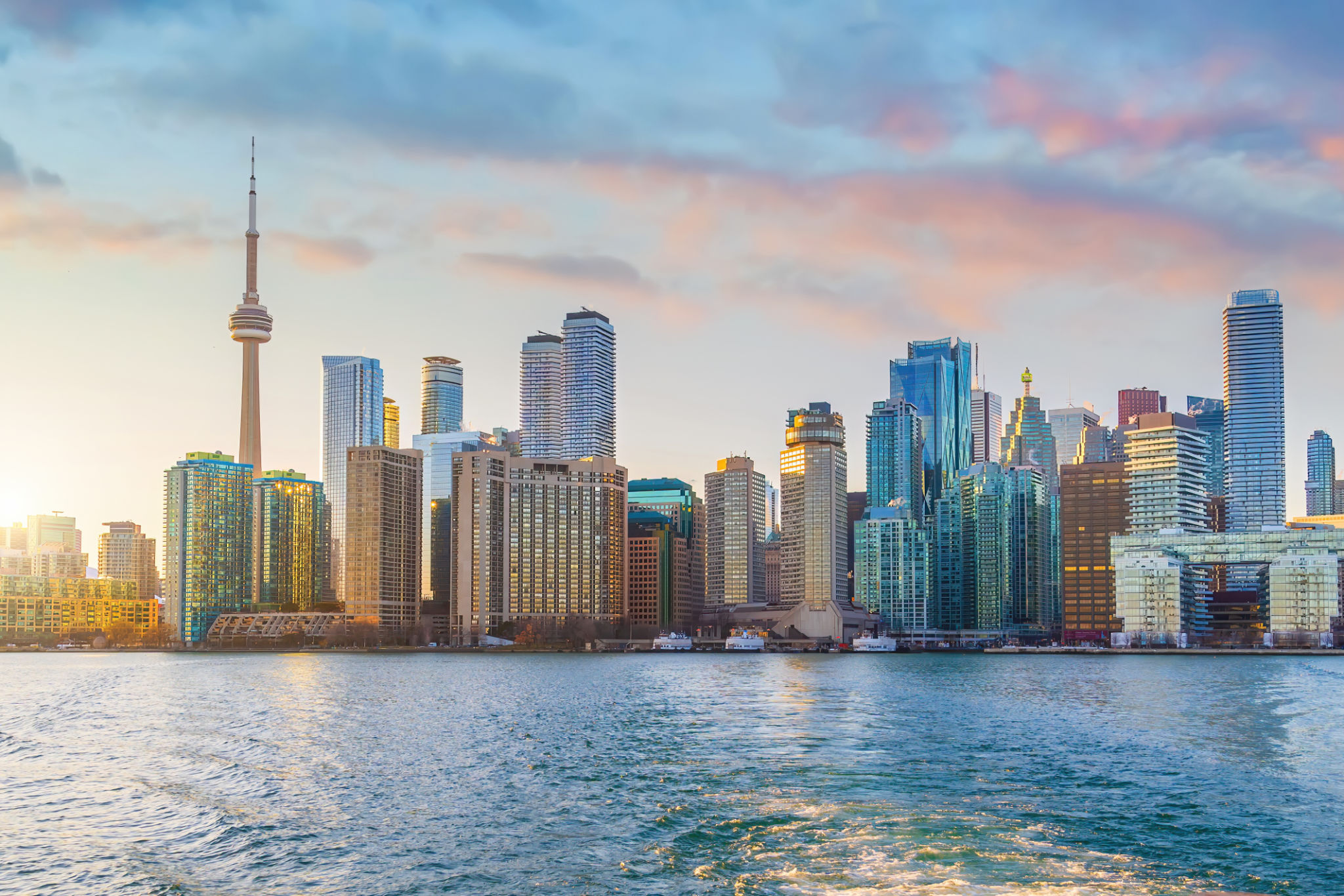Architectural Louvers Design Services: Enhancing London's Skyline
Understanding Architectural Louvers
Architectural louvers are increasingly becoming a staple in modern building designs, especially in bustling cities like London. These elements not only add aesthetic value but also play a crucial role in enhancing functionality and sustainability. Louvers are designed to permit airflow while preventing unwanted elements such as rainwater and debris from entering buildings. This dual benefit makes them an essential feature in urban architecture.
In a city known for its iconic skyline, integrating louvers into building design requires a blend of creativity and technical expertise. They must complement the overall structure while fulfilling their practical purposes. As such, architectural louvers have become a symbol of modernity and efficiency, reflecting London's commitment to sustainable urban development.

The Impact on London's Urban Landscape
London's skyline is a testament to its rich history and architectural evolution. In recent years, the incorporation of architectural louvers has transformed the city's buildings, making them more energy-efficient and visually appealing. Louvers contribute to the aesthetic appeal by creating dynamic shadows and adding depth to otherwise flat facades.
The strategic placement of these elements can also reduce energy consumption by allowing natural ventilation and controlling sunlight exposure. This functional aspect is particularly important in a city like London, where unpredictable weather patterns demand adaptable building solutions. Louvers offer a way to capitalize on natural resources while reducing reliance on artificial climate control systems.

Design Considerations for Louvers
When designing architectural louvers, several factors must be taken into account. These include the building's orientation, the local climate, and the intended aesthetic. The choice of materials is also critical, as it affects both the durability and appearance of the louvers. Common materials include aluminum, wood, and steel, each offering unique benefits and challenges.
Incorporating louvers into a building's design requires collaboration between architects, engineers, and designers. This interdisciplinary approach ensures that each louver installation is tailored to meet specific requirements while enhancing the overall architectural vision. The result is a harmonious blend of form and function that enhances both the building and its surroundings.

Innovations in Louver Technology
As technology advances, so do the possibilities for architectural louvers. Modern designs now incorporate smart systems that adjust louver positions based on weather conditions or time of day. These automated systems maximize efficiency by optimizing natural light and airflow, reducing energy consumption significantly.
Sustainability is a key focus in contemporary architecture, and louvers are at the forefront of this movement. By using eco-friendly materials and innovative designs, architects are able to create buildings that not only look good but also have a minimal environmental impact. This progressive approach aligns with global efforts to promote green building practices and reduce carbon footprints.
The Future of Architectural Louvers in London
Looking ahead, the demand for architectural louvers in London is set to increase as developers seek ways to enhance both aesthetics and sustainability. With ongoing advancements in technology and design, louvers will continue to play a significant role in shaping the city's architectural landscape. Their ability to adapt to changing needs makes them an invaluable asset in the pursuit of smarter, greener buildings.
Ultimately, architectural louvers represent more than just a design trend; they are a crucial component of modern urban development. As London continues to grow and evolve, these innovative solutions will help ensure that its skyline remains both beautiful and functional for generations to come.